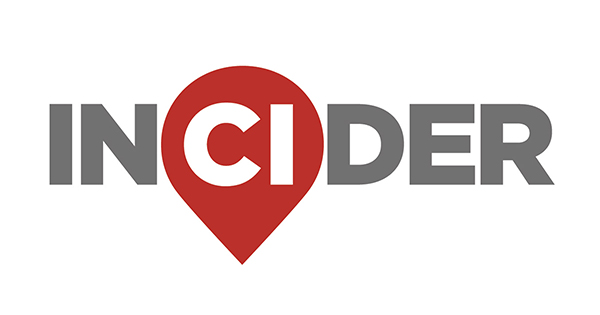Fair Oaks Ranch City Council on July 17 discussed whether the city would need to participate in the program to secure water for future growth.
Council members agreed that the city staff should look at other potential water sources if needed, rather than participate in the GBRA project.
Breaking it down
The GBRA WaterSECURE project is a potential future water source for utilities in the region, leveraging Lower Guadalupe River surface water rights owned by GBRA.
According to the meeting agenda, the project requires extensive infrastructure, including a large water treatment plant, multiple pump and booster stations, an aquifer storage and recovery facility and over 250 miles of pipeline, costing almost $5.9 billion.
Before the project starts, GBRA is working on a Memorandum of Understanding with each municipality that would fall within the project area.
Water use is measured in acre-feet, which represents around 325,851 gallons. Public Works Director Grant Watanabe said city water demand projections are calculated using the peak average demand.
The peak demand per connection in 2022 reached 0.62 acre feet. Assuming peak demand, the city would need around 2,805 acre-feet of water to meet build out demands.
As of July 17, the city had 3,262 water connections, and the projected number of connections at full water build out is around 4,528. Build out is expected in the year 2052.
Watanabe said the city currently has around 2,600 acre-feet of water available and will have another 400 available from GBRA around 2038.
If the city were to receive the additional 400 acre-feet in 2038, the total acre-feet available would be around 3,000, which is 195 acre-feet more than the projected peak demand at full build out.
Diving in deeper
If the city were to participate in the GBRA WaterSECURE program, it would allow around 300 acre-feet of water to be pulled. Watanabe said this additional water could be helpful if the city utility service zone were expanded.
GBRA representative Brian Perkins told city council that the capital cost per acre-foot is around $62,896.
If city officials were to agree to 300 acre-feet of water, the total capital cost to bring the water into the city would be around $18.9 million. This cost does not account for inflation paid over the course of the debt, or the cost of the water itself. Under this plan, water would be delivered in 2033-34.
Perkins said the costs are due to materials, where the water comes from and the labor of burying the water lines.
“Where you get the water is getting further and further away, and pipeline is getting more expensive,” he said.
What they’re saying
Council member Keith Rhoden asked about the certainty of receiving the additional 400 acre-feet of water from GBRA.
Perkins said that water is currently allocated to SAWS, and is expected to free up in 2037 if SAWS does not renew the contract, meaning that the water source does have the potential to be smaller than the projected 400 acre-feet.
Council member Scott Parker highlighted that these plans are over the next 30 years, and it is difficult to predict legislative changes and other moving parts that may cause future water complications.
“30 years is a big crystal ball to try to see what is going to happen,” Parker said.
Overall, City Council and Mayor Greg Maxton agreed that there is no foreseeable need to participate in the water project.
“It is a lot of money that we would be putting on utility customers for a service that, predicting right now, I’m not sure that we are going to need,” Maxton said.





